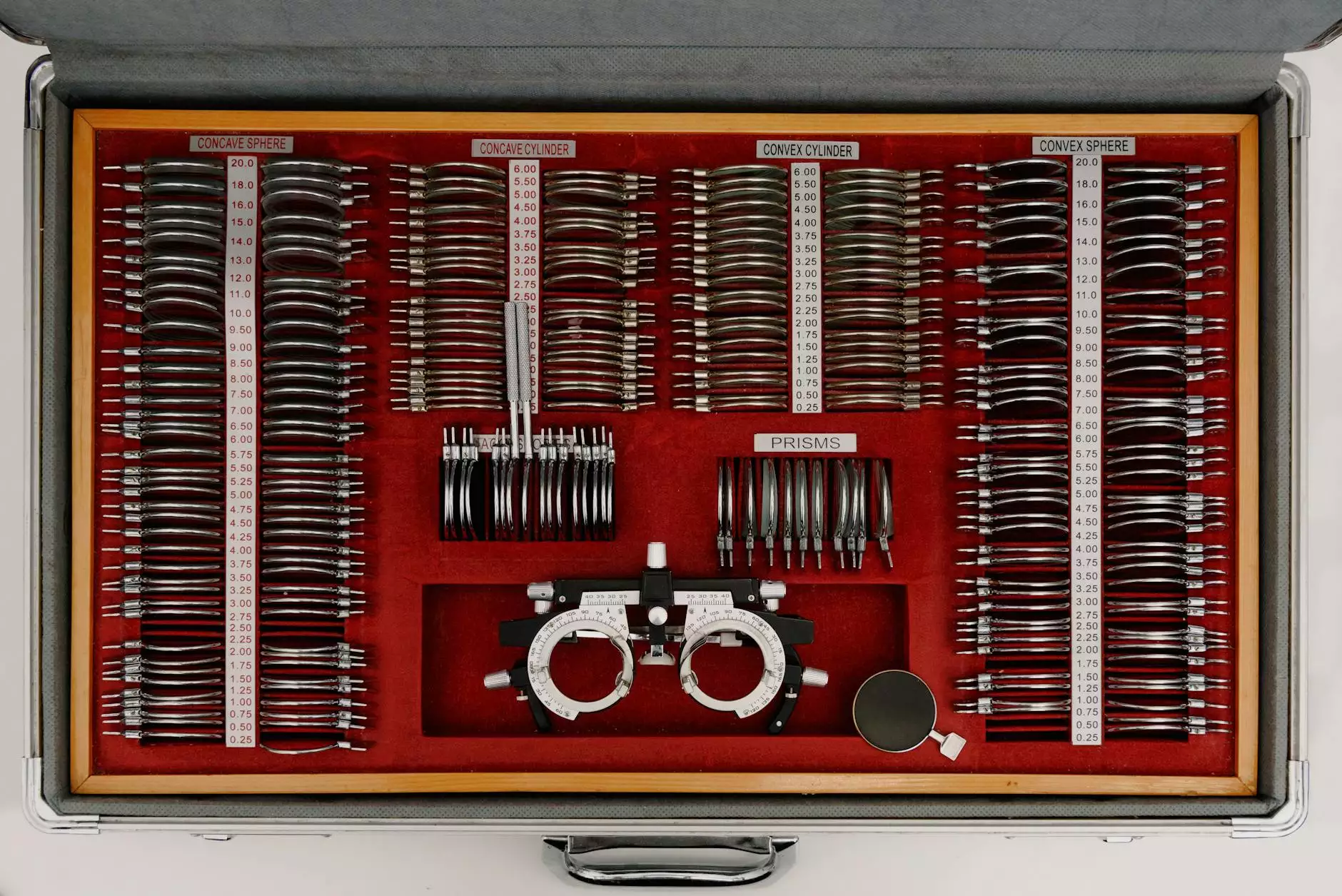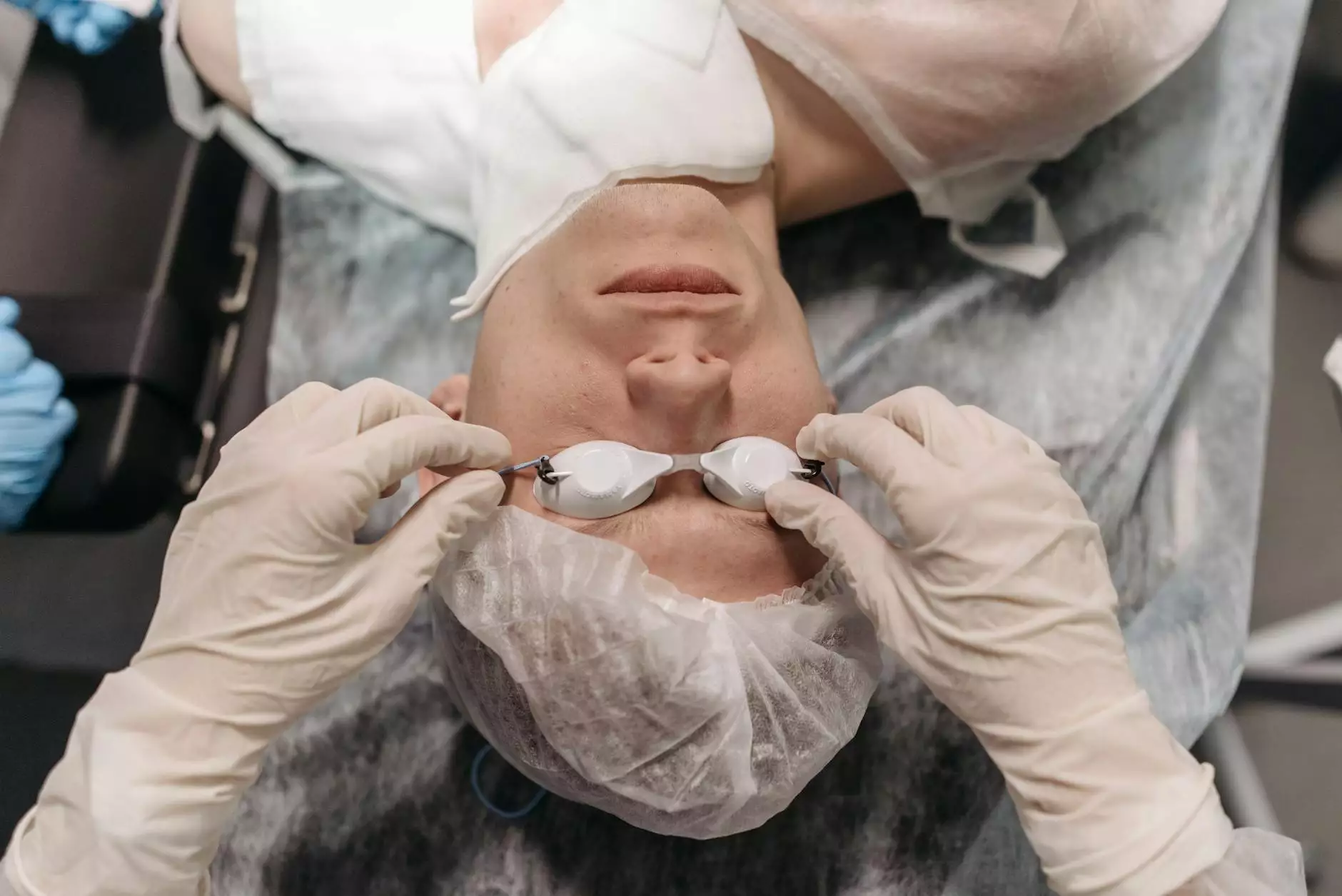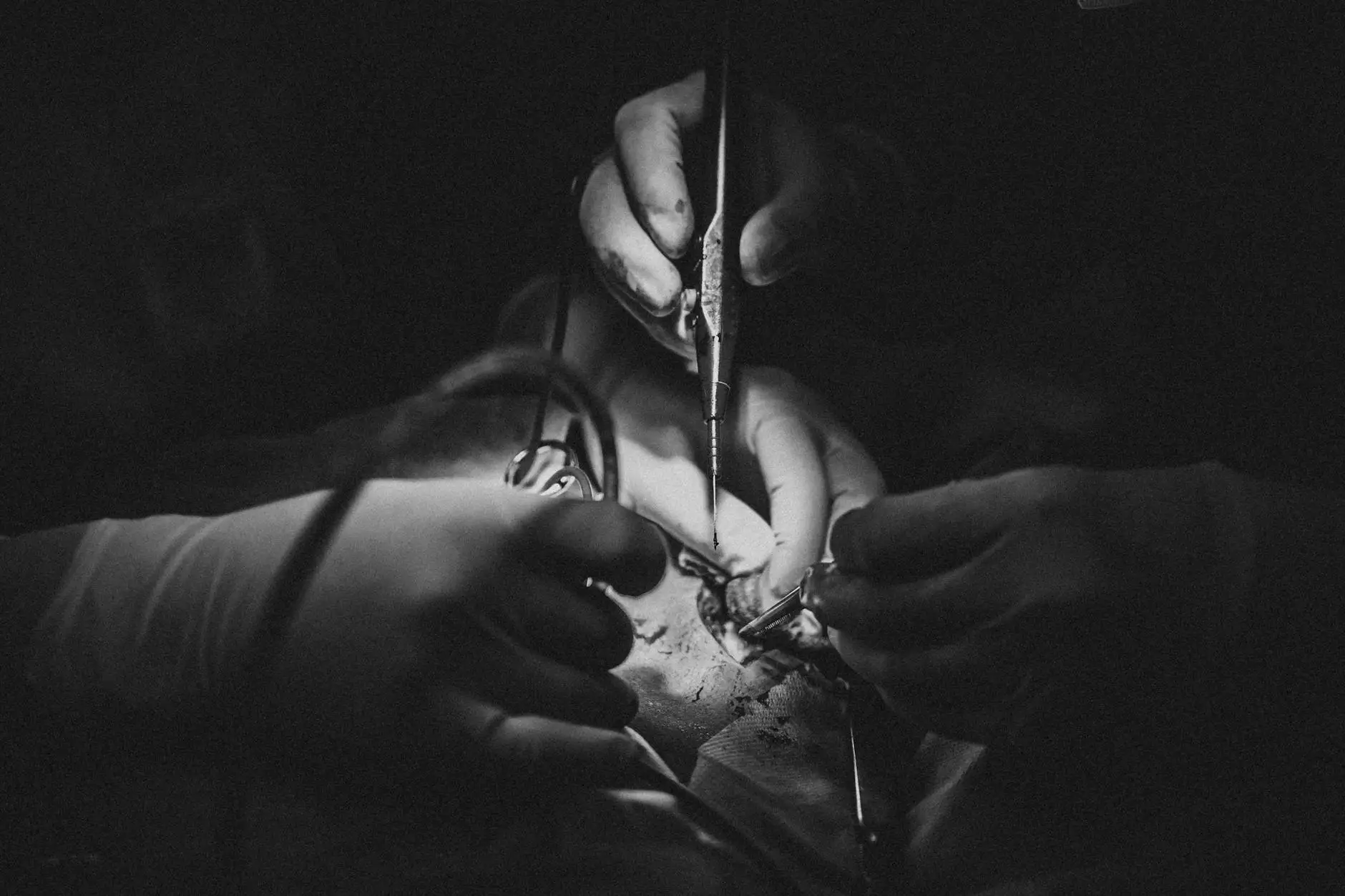Voiding Cystourethrogram (VCUG) and Cystogram

Introduction
Welcome to Foley James D MD's patient education page on Voiding Cystourethrogram (VCUG) and Cystogram. In this detailed guide, we will provide you with comprehensive information about these two important diagnostic tests.
What is a Voiding Cystourethrogram (VCUG)?
A Voiding Cystourethrogram, also known as VCUG, is a type of x-ray examination performed to evaluate the structure and function of the urinary system, particularly the bladder and urethra. It helps diagnose various urinary tract conditions, including urinary reflux, urinary tract infections, and anatomical abnormalities.
Importance of a VCUG
A VCUG is a crucial diagnostic tool used to assess urinary problems, especially in children. It allows healthcare professionals to visualize the flow of urine and identify any abnormalities that may be causing symptoms or recurring infections. By performing a VCUG, doctors can make informed decisions regarding treatment options and optimize patient care.
What is a Cystogram?
A Cystogram is a radiographic examination used to visualize the bladder. It involves the injection of a contrast agent into the bladder, followed by x-ray imaging. Cystograms provide vital information about the bladder's size, shape, and ability to hold urine, allowing the detection of potential abnormalities or conditions such as bladder stones or tumors.
The Role of Cystograms in Diagnosis
Cystograms play a significant role in diagnosing and monitoring bladder conditions. By evaluating the bladder's structure and function, healthcare providers can identify any abnormalities or issues that may require medical intervention. Cystograms are particularly useful in patients with symptoms such as frequent urination, urinary incontinence, or blood in the urine.
What to Expect During VCUG and Cystogram Procedures
Undergoing a VCUG or Cystogram can be intimidating, especially if you are not familiar with the procedures. However, understanding what to expect beforehand can help ease anxiety and make the experience more comfortable.
Preparing for the Tests
Prior to your VCUG or Cystogram, your healthcare provider will provide you with specific instructions regarding preparation. This may include fasting for a certain period, emptying your bladder, and avoiding certain medications. Following the preparation guidelines is crucial to ensure accurate test results.
The VCUG Procedure
During a VCUG, you will be positioned on an x-ray table while a small catheter is inserted into your urethra. The contrast dye is then slowly injected through the catheter into your bladder while x-ray images are captured. You may be asked to change positions or perform certain actions, such as holding your breath or releasing urine, to obtain more detailed images.
The Cystogram Procedure
A Cystogram procedure begins with a catheter being inserted into your bladder through your urethra. Contrast dye is then injected into your bladder, and images are taken by an x-ray machine. You may be asked to change positions or empty your bladder at specific times to allow for different imaging angles.
Post-Procedure Care
After the VCUG or Cystogram, you may experience mild discomfort or temporary urinary frequency. It is essential to stay hydrated and follow any post-procedure instructions provided by your healthcare provider. If you experience prolonged or severe pain, fever, or any other concerning symptoms, contact your healthcare provider immediately.
Conclusion
In summary, Voiding Cystourethrogram (VCUG) and Cystogram are valuable diagnostic tests used to evaluate the urinary system. Through these procedures, healthcare providers can detect urinary tract abnormalities, provide accurate diagnoses, and develop appropriate treatment plans. Foley James D MD is committed to ensuring patient education and providing comprehensive care to individuals requiring these vital diagnostic procedures. If you have any questions or concerns, don't hesitate to reach out to us.



